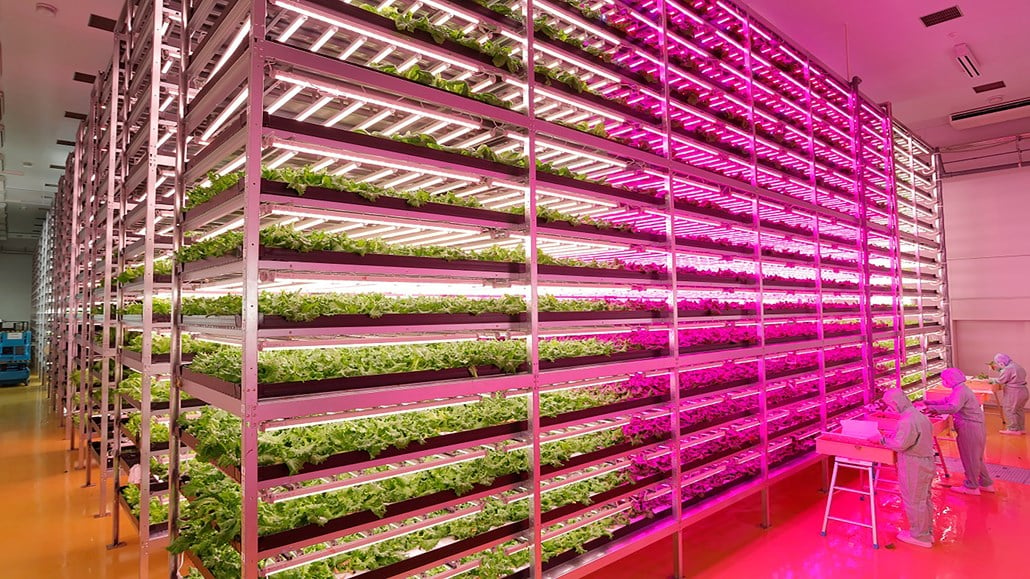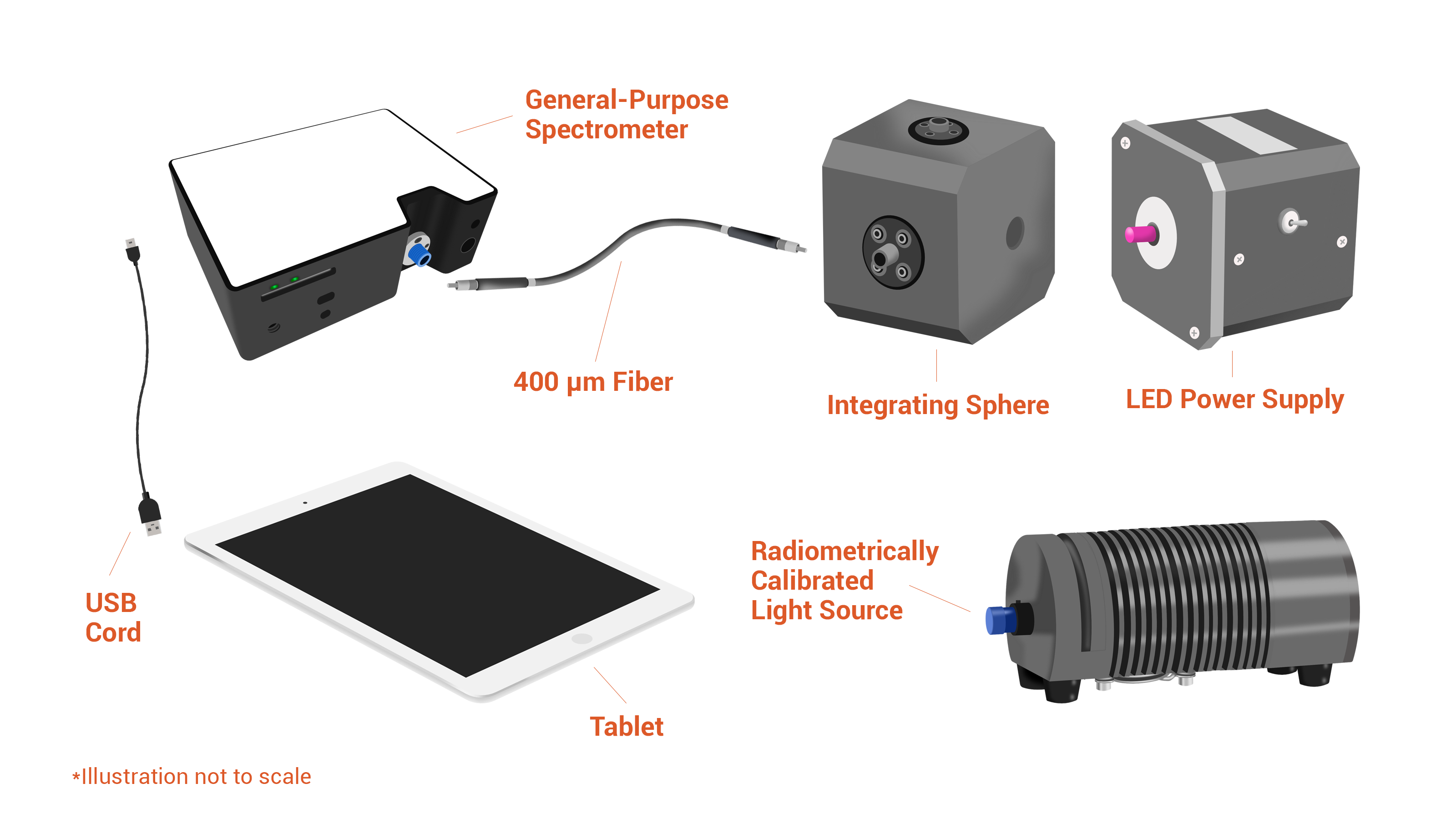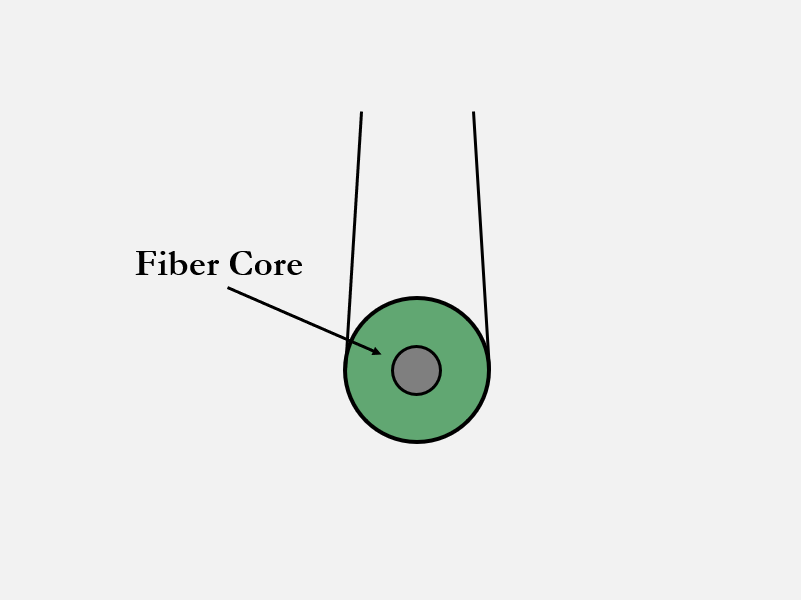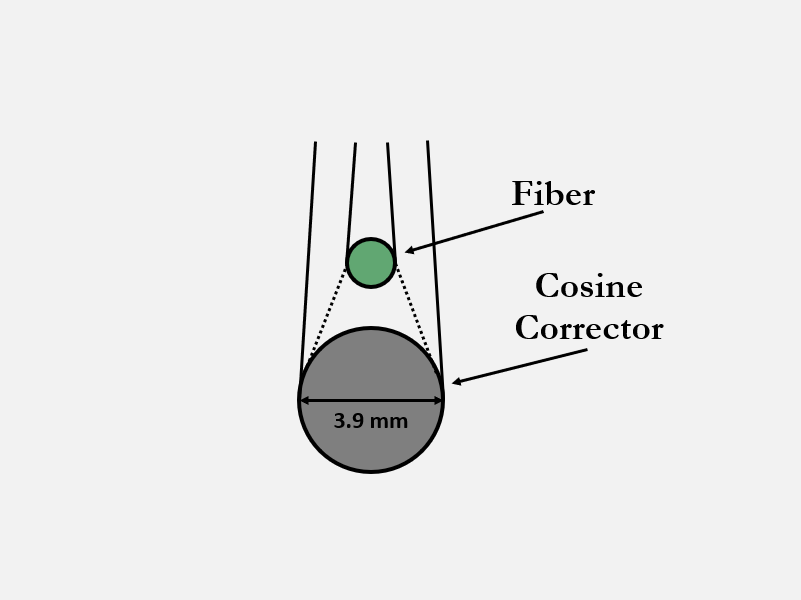Are you ready to explore how we can help you?
Our world-class experts are available to help find answers to your toughest questions.

Irradiance is the amount of energy emitted at each wavelength from a radiant sample such as an LED, a laser or the sun. From that data, more specific intensity values can be calculated.
Relative irradiance uses a lamp with a known color temperature to correct the shape of the spectrum but not its magnitude. Relative irradiance can determine whether there is more power at one wavelength than another, but not how much power there is in absolute terms.
Absolute spectral irradiance requires a lamp of known spectral power output to calibrate the spectrometer’s response at each pixel. This modifies the shape and magnitude of the spectrum, correcting for the instrument’s response function. The modified spectrum is given in terms of power per area per wavelength.
Learn more about absolute and relative irradiance in our FAQs section.

A modular setup for measuring LEDs comprises an Ocean Optics spectrometer like the SR2, HR4 or Ocean HDX models, plus optical fibers and an integrating sphere to collect the output from the LED. Also, we can add an LED power supply/controller to operate the LED and adjust its drive current, and for absolute irradiance, include a radiometrically calibrated VIS-NIR source designed for use with an integrating sphere.

Absolute irradiance measurements require calibration using a source with known power output. A spectrum is measured with the sampling optic (cosine corrector, integrating sphere or optical fiber) connected to the calibration light source, and is then compared to the known output power of the radiometrically calibrated light source. Here are some important tips to remember for absolute irradiance measurements:
The collection area of the sampling optic is needed to calibrate a system radiometrically. There is a step in the OceanView Absolute Irradiance Wizard where this information is entered.


Here’s how to determine the collection area:
Ocean Optics can calibrate your system at our ISO/IEC 17025:2017-certified calibration lab using a NIST-traceable light source for which irradiance as a function of distance is known. This allows us to calibrate systems for a range of sampling optics, across different wavelength ranges, and at both high and low light intensities.
In this tutorial, we guide you through the steps to take when measuring the absolute irradiance of sources including lamps and LEDs. Learn how to calculate power output at each wavelength.
Ocean HR series spectrometers are high-resolution devices characterized by spectral acquisition speed and thermal wavelength stability. Each model offers different performance strengths, so you can optimize setups for specific measurement requirements: HR2 for speed and SNR, HR4 for highest optical resolution performance, and HR6 for the best of both.
Options available
Radiometrically Calibrated Light Sources
Prices From $1,775.00
Options available
Cosine Correctors are optical diffusers that couple to fibers and spectrometers to collect signal from 180° field of view. Diffusing material options are opaline glass, PTFE and Spectralon.
Prices From $75.00
In this video, we showcase key features of our exciting new Ocean SR2 spectrometer. The SR2 is distinguished by its high-speed spectral acquisition and low stray light.
Follow these steps to set up OceanView software in order to measure your lamp or light source output power accurately.

Our world-class experts are available to help find answers to your toughest questions.